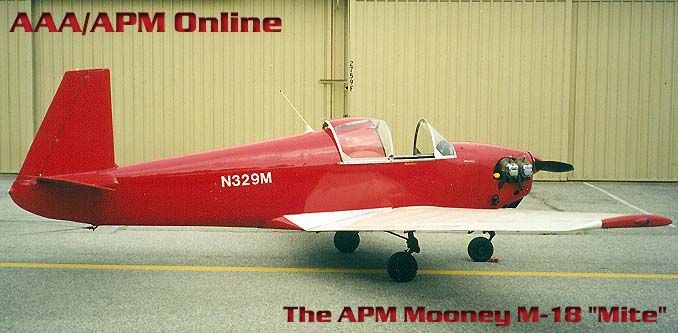Thx Shdw.
Should I disallow my working assumption that all this is manageable and teachable with altitude? i.e. x-control stall a v-tail bonanza on base to final == your dead. x-control stall a v-tail bonanza at 6K its a training exercise ? ???or dead?
I cannot personally attest to this as I have not flown a bonanza. Nor have I ever performed this maneuver in anything not certified for spins and not in the utility category. Maybe we have someone here that can speak in more detail on the characteristics of non spin certified, or normal category, complex aircraft with this maneuver.
However, to my knowledge, bonanza's, are normal category. As per the normal category certification they must demonstrate a recovery (by a test pilot mind you) from a one turn incipient spin.
A cross controlled stall, skidding, performed properly, that is, to its worst (since this is a demo, the worst is your goal), will toss you inverted and a half a turn into your 1 turn. Recover quickly enough and you can demo it. Would I do it without sufficient practice, probably with a test pilot or a highly capable aviator first, no way in hell.
FYI I am talking 20-30 of these with a highly capably instructor/test pilot and another 20-30 solo. You really want to know your bird in this sort of case and you should fly it as a demo. Letting the student do it in an advanced bird like this, without 100s+ entries yourself and more special training, is suicide IMO.
In a trainer/aerobat, in utility category, as long as it isn't certified 'no spins,' have at it. It is a wonderful experience and really hammers home the "don't skid base to final" lecture provided in that link I gave you. The 'utility-no spin' certification has the same requirement as a normal category certification, recovery from a 1 turn incipient.
If you get past 1 turn, in a norma/utility (no spins) certificated aircraft, you are now mr beasly the super test pilot.



